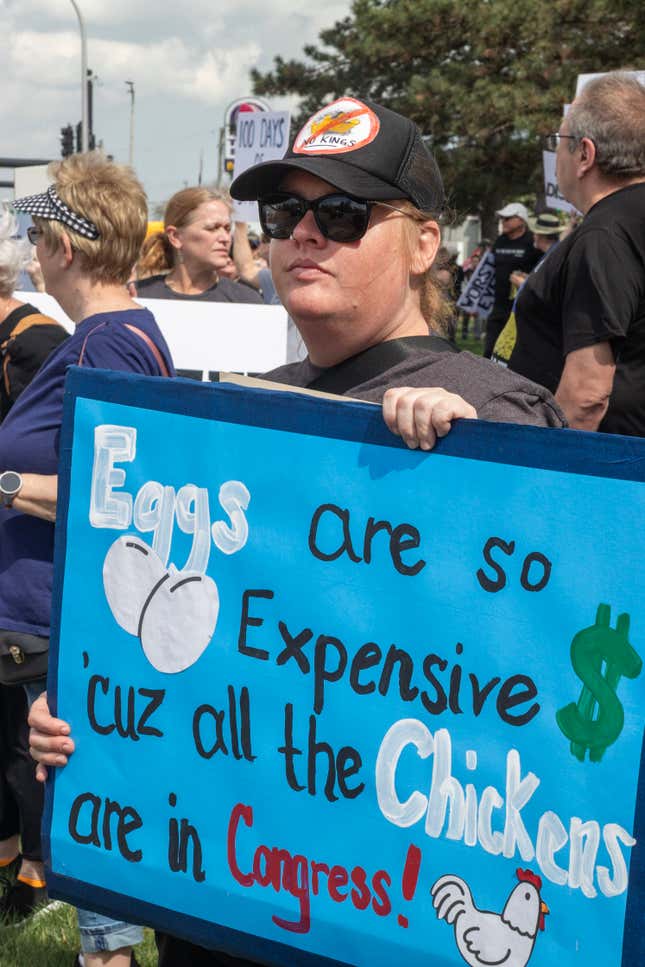
In This Story
The U.S. inflation rate in April was almost negligible: 0.2% month-over-month, or 2.3% annually the lowest since 2021. Good news, right?
Actually: who knows? No, really. It’s actually hard to tell the actual figure—because when the Bureau of Labor Statistics (BLS) had to resort to guesswork due to staff shortages implemented by a hiring freeze on Jan. 20 and the staff-slashing effects of DOGE.
According to the Wall Street Journal, the BLS did not have the resources to track price changes in the range of businesses it normally would, in order to assemble the consumer-price index. This usually involves a lot of door-to-door work on the ground.
This time out, statisticians had to make a lot of educated guesses—as much as 29% of the data—comparing prices on products that might not necessarily be comparable, in order to fill in knowledge gaps.
“The CPI temporarily reduced the number of outlets and quotes it attempted to collect due to a staffing shortage in certain CPI cities,” read an email sent by the BLS to a group of economists who questioned the data, according to the Wall Street Journal (NWSA-0.90%). “These procedures will be kept in place until the hiring freeze is lifted, and additional staff can be hired and trained.”
The CPI plays an essential role for not just government but businesses and investors. It impacts tax brackets and union negotiations, social-security benefits and federal bonds. And, crucially, interest rates—which are of particular interest to President Trump this week.
In March, the administration disbanded two advisory panels that the BLS relied on for accuracy and expertise, deeming them unnecessary. Former BLS commissioner Erica Groshen told Politico, “I would say that if an administration wanted to try to manipulate data, then they would not want these advisory committees to be around.”